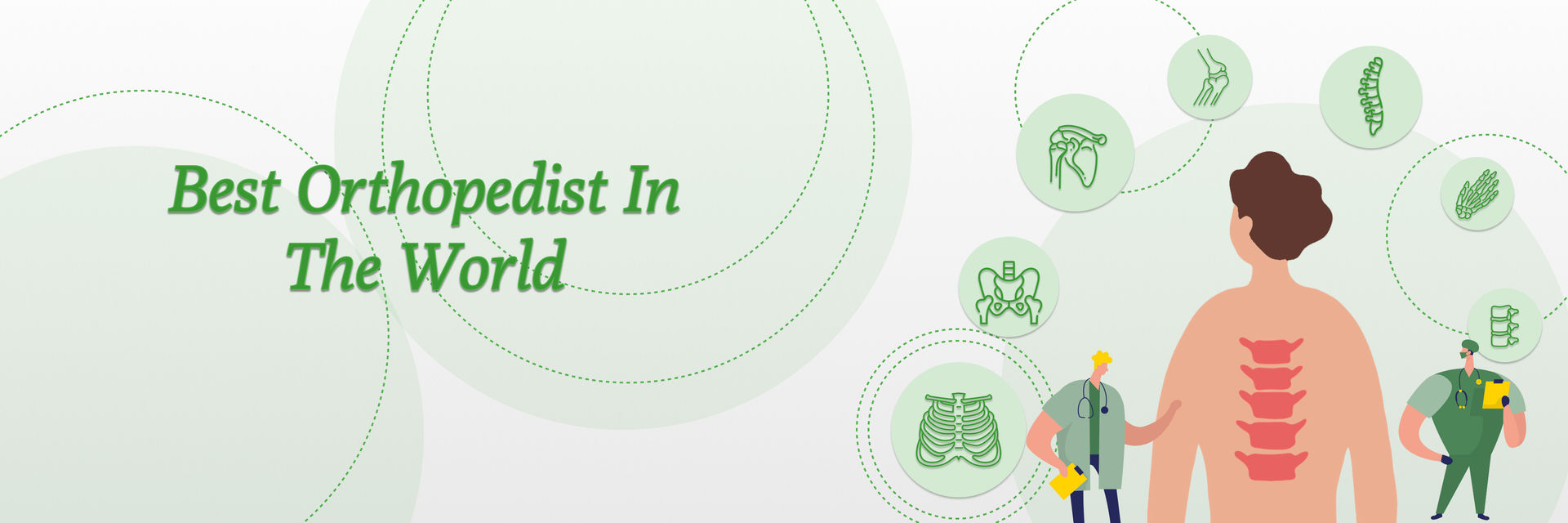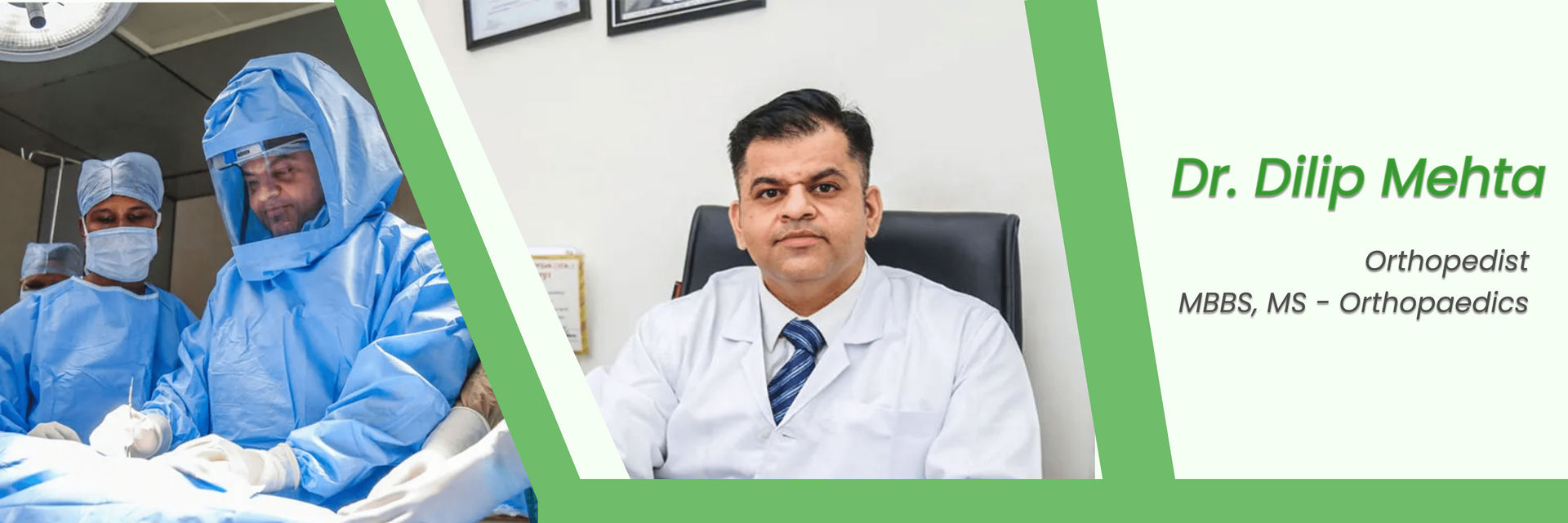What is rotator cuff repair with biceps tenodesis?
A tear in the rotator cuff causes problems with the long head of the biceps tendon (LHBT). Tears in rotator cuffs are accompanied by problems in LHBT in 30% to 69% of the cases.
Issues with the LHBT can cause pain for various reasons. These include:
Tenodesis is one of the treatment options for relieving the pain of biceps pathologies. Tenotomy is the other procedure. It is a simpler and quicker procedure, however it involves cutting the tendons.
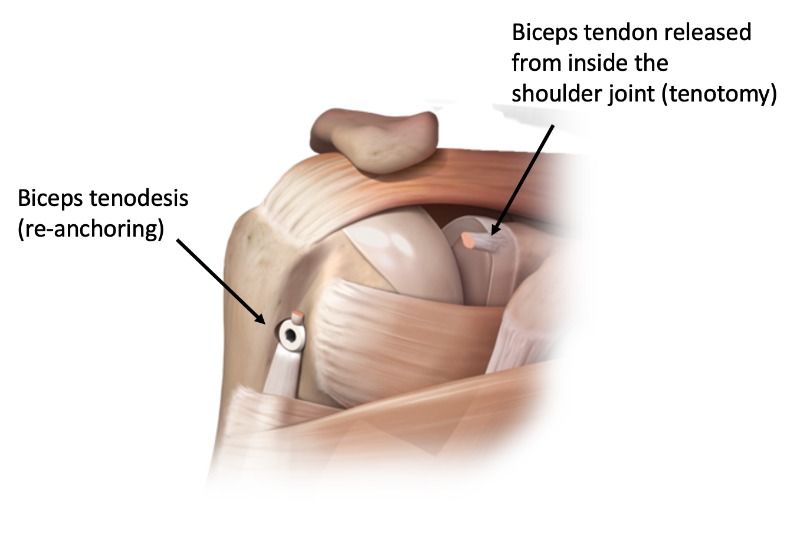
While, Rotator cuff repair with biceps tenodesis protocol is preferred by younger patients. Especially for those who are involved in heavy labour work. In this, the biceps are detached from the original attachment and are attached to some other location.
The procedure reduces pain and gives stability to the shoulder joint.
Let's find out why rotator cuff repair and biceps tenodesis are combined.
Purpose of rotator cuff repair with biceps tenodesis:
Combining rotator cuff repair with biceps tenodesis results in improved strength of elbow flexion and forearm supination. It also results in reduced pain. When both procedures are performed together it helps in enhancing elbow and forearm functioning. And strength.
By performing both procedures in one surgery, several goals can be achieved:
Comprehensive Treatment | Rotator cuff tears and biceps tendon pathologies are closely related. Hence, combining rotator cuff repair with biceps tenodesis addresses both issues. This leads to more effective treatment outcomes. |
Pain relief | Rotator cuff tears and biceps tendon pathologies can cause significant pain in the shoulder. Combination of above procedures causes effective reduction in pain caused by both the issues. |
Prevent complications | They can cause prolonged pain, weakness and other complications. Combining rotator cuff repair and biceps tenodesis can prevent complications. It fixes both the issues and prevents complications. |
Ever wondered how rotator cuff tears and biceps tendon pathologies can be effectively addressed in one surgery? Let's delve into the protocol!
How is the rotator cuff repair with biceps tenodesis protocol performed?

The specific procedure of rotator cuff repair with biceps tenodesis protocol may vary. It depends upon the surgeon’s preference, extent of injury and individual patient factors. However, the below table will give you a general outline of how it is performed!
Steps | Description |
Anesthesia | The patient receives general anesthesia or regional anesthesia. This is done to numb the shoulder area. |
Patient Positioning | The patient is positioned on their back or side. The surgical area is cleaned and prepared. |
Arthroscopic Examination | Small incisions are made to insert an arthroscope. Specialized instruments are also inserted for visualization. |
Rotator Cuff Repair | Torn rotator cuff tendons are identified and repaired using anchors or sutures. This reattaches them to the humerus bone. |
Biceps Tenodesis | The biceps tendon is released from its original attachment. They are reattached using sutures or fixation devices. |
Closure | The incisions are closed using sutures or steri-strips. Dressings or bandages are applied. |
Postoperative Care | The patient is closely monitored. They may receive pain management and initiate physical therapy for rehabilitation. |
Worried about the recovery time after rotator cuff repair with biceps tenodesis? Don't fret! We'll walk you through the rehabilitation phases, step by step, to put your mind at ease.
What is the rehabilitation protocol after rotator cuff repair with biceps tenodesis?
Read the below table carefully to understand the rehabilitation protocol after rotator cuff repair with biceps tenodesis:
Phases | Description |
Phase 1: Passive Range of Motion | Passive range of motion exercises are initiated by a therapist or an assistant. It involves forward elevation, external rotation, abduction, and pendulum exercises. Scapula exercises and hand/wrist/elbow motion are also included. |
Phase 2: Active Assisted Range of Motion (4-8 Weeks) | The patient performs an active assisted range of motion exercises. They may use the other arm or a cane/stick to move the affected arm in forward elevation, external rotation, and abduction. The exercises progress from supine to upright positions. Pulleys can be used for forward elevation after week 6. |
Phase 3: Active Range of Motion (8-12 Weeks) | Active range of motion exercises are introduced. The patient independently performs forward elevation, external rotation, and abduction. Isometric strengthening exercises are also initiated during this phase |
Phase 4: Resisted Exercise (12-16 Weeks) | Resisted exercises using elastic bands or hand weights are given for strengthening. Scapula muscle strengthening exercises are introduced. Full and Empty-Can exercises are not allowed. |
How long does it take to recover from rotator cuff repair with biceps tenodesis?
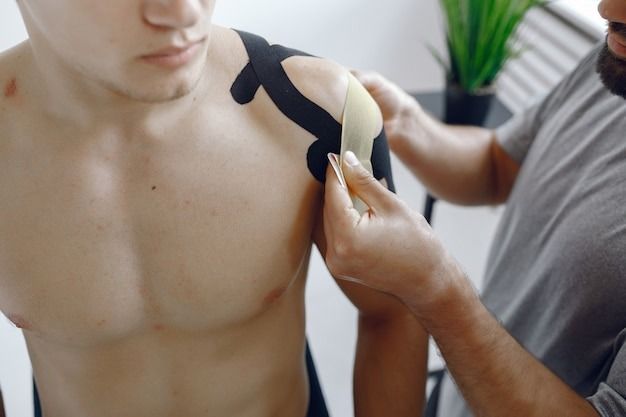
The recovery time after rotator cuff repair with biceps tenodesis can vary. It typically takes several months to a year to achieve full recovery and regain optimal shoulder function. The initial healing phase lasts a few weeks, followed by progressive rehabilitation stages. It focuses on a range of motion, strengthening, and functional activities. Individual progress and adherence to the rehabilitation program play a significant role in the overall recovery.
Can you regain full shoulder function after rotator cuff repair with biceps tenodesis?
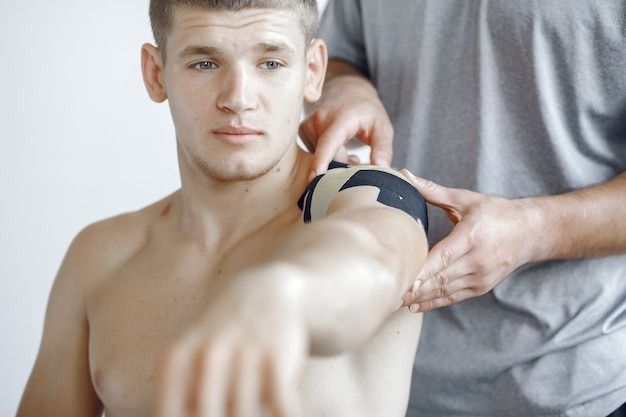
Yes, it is possible to regain full shoulder function after rotator cuff repair with biceps tenodesis.
Patients' commitment to rehabilitation and success of the procedure can result in optimal outcomes. Proper postoperative care and adherence to rehabilitation protocols can enhance range of motion and stability in the shoulders. Thus, patients can regain full shoulder strength.
The aim of the surgery is to:
- Alleviate pain
- Restore shoulder function
- Improve quality of life
However, please note that the ability to fully recover and gain shoulder strength varies from person to person. Work closely with your healthcare provider and follow their guidance. Actively participate in the rehabilitation process. This can greatly impact the chances of regaining full shoulder strength after rotator cuff repair with biceps tenodesis.
Curious to know the success rate of rotator cuff repair with biceps tenodesis? Discover the impressive statistics.
What is the Rotator Cuff Repair with Biceps Tenodesis Protocol Success Rate?

Rotator cuff repair with biceps tenodesis is highly successful, with a success rate of over 95% for small tears. Even for larger tears involving two tendons, the success rate remains greater than 70%.




